Substance use, whether through alcohol or drugs, alters brain chemistry, affects behavior, and often leads to significant physical and mental health risks. Understanding the differences and overlaps between being drunk and being high is crucial for identifying signs of substance misuse and seeking appropriate help. At River Rocks Recovery, we provide tailored addiction treatment solutions such as Addiction Treatment Programs, Partial Hospitalization Programs, and Intensive Outpatient Programs to guide individuals toward long-term recovery.
Understanding Intoxication
What Does it Mean to Be Drunk?
Being drunk refers to the state of intoxication caused by excessive alcohol consumption. As a depressant, alcohol slows down the central nervous system, resulting in:
- Cognitive Impairment: Inability to focus, difficulty forming coherent thoughts, and reduced problem-solving abilities.
- Physical Symptoms: Loss of balance, slurred speech, and slowed reaction times.
- Behavioral Changes: Increased emotionality, reduced inhibitions, and risk-taking behaviors.
Short-Term Effects of Alcohol:
- Euphoria or relaxation in small amounts
- Impaired judgment and coordination
- Emotional volatility
- Memory lapses or blackouts in severe intoxication
Long-Term Risks of Alcohol:
Prolonged alcohol use can lead to severe health complications such as liver disease, cardiovascular problems, and mental health issues like anxiety and depression. At River Rocks Recovery, our Alcohol Addiction Treatment program addresses both the immediate and chronic effects of alcohol use.
What Does it Mean to Be High?
Being high refers to the altered state resulting from drug use. The effects vary significantly depending on the substance used, including:
- Stimulants (e.g., cocaine, methamphetamine): Increased energy, heightened alertness, and euphoria.
- Depressants (e.g., opioids, benzodiazepines): Relaxation, pain relief, and sedation.
- Hallucinogens (e.g., LSD, psilocybin): Altered perception, distorted reality, and sensory changes.
- Cannabis: A combination of euphoria, relaxation, impaired memory, and altered perception of time.
Short-Term Effects of Drug Use:
- Intense mood changes (euphoria, paranoia, or depression)
- Risky behavior due to impaired judgment
- Overdose potential with substances like opioids or stimulants
Long-Term Risks of Drug Use:
Prolonged drug use often results in addiction, damage to vital organs, and mental health disorders such as psychosis or severe anxiety. Our Drug Rehab Treatment program addresses these challenges with a holistic approach to recovery.
Similarities Between Being Drunk and Being High
While alcohol and drugs impact the body differently, both states share certain similarities, including:
- Impaired Judgment: Reduced ability to make safe and logical decisions.
- Altered Behavior: Increased risk-taking, aggression, or emotional instability.
- Health Risks: Strain on the cardiovascular and nervous systems, which can result in long-term damage.
Both forms of intoxication also increase the likelihood of accidents, injuries, and dangerous behaviors. At River Rocks Recovery, we offer structured care through programs like our Partial Hospitalization Program and Intensive Outpatient Program to help individuals regain control of their lives.
The Risks of Being Drunk
Immediate Dangers of Alcohol Intoxication:
- Accidents and Injuries: Drunkenness is a major contributor to car crashes, falls, and violence.
- Alcohol Poisoning: Excessive drinking in a short period can depress vital functions, leading to coma or death.
- Unprotected Sexual Activity: Reduced inhibitions often result in risky sexual behavior and exposure to sexually transmitted diseases.
Long-Term Consequences of Alcohol Abuse:
- Liver Disease: Chronic alcohol use causes cirrhosis, hepatitis, and liver failure.
- Neurological Damage: Prolonged use affects brain function, memory, and coordination.
- Mental Health Issues: Alcohol is closely linked to depression, anxiety, and other psychiatric disorders.
The Risks of Being High
Immediate Dangers of Drug Use:
- Overdose: Many drugs, particularly opioids and stimulants, carry a high risk of fatal overdose.
- Behavioral Risks: Hallucinations, paranoia, and impulsive actions can result in harm to self or others.
- Cardiovascular Strain: Substances like cocaine and methamphetamine increase the risk of heart attack and stroke.
Long-Term Consequences of Drug Abuse:
- Organ Damage: Chronic drug use damages the liver, kidneys, heart, and lungs.
- Addiction: Many substances create physical and psychological dependence, requiring comprehensive treatment through programs like our Addiction Treatment Program and Outpatient Program.
- Mental Health Disorders: Prolonged use of substances like cannabis, stimulants, or hallucinogens can lead to psychosis, severe depression, and anxiety.
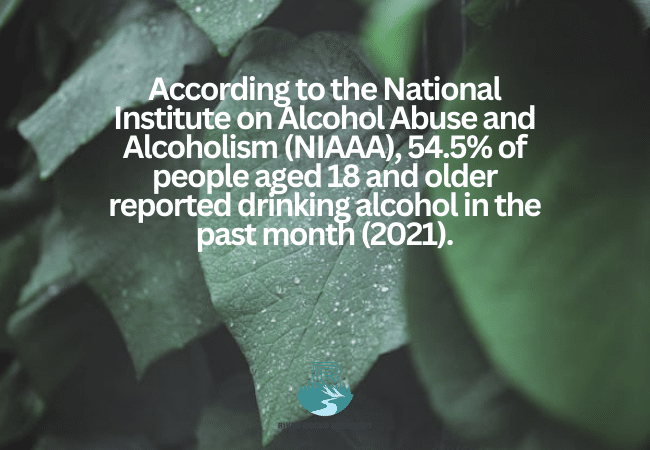
The Dangers of Mixing Alcohol and Drugs
The simultaneous use of alcohol and drugs, commonly referred to as polysubstance use, significantly increases the risks to physical health, mental stability, and overall safety. Each substance interacts uniquely with the body, and when combined, their effects can amplify in unpredictable and often dangerous ways.
1. Amplified Impairment and Risk-Taking Behavior
Alcohol alone impairs judgment, motor skills, and decision-making. When combined with drugs—whether stimulants, depressants, or hallucinogens—the impairment is heightened:
- Loss of Coordination: The combined effects can cause extreme dizziness, lack of balance, and slowed reaction times, increasing the likelihood of accidents.
- Poor Decision-Making: Alcohol’s role in lowering inhibitions, combined with drug-induced euphoria or hallucinations, can lead to risky behaviors like unsafe sex, driving under the influence, or engaging in dangerous activities.
2. Toxic Reactions and Organ Damage
Mixing substances places immense strain on vital organs like the liver, kidneys, and heart:
- Liver Overload: The liver metabolizes alcohol and drugs, but processing both simultaneously can overwhelm it, leading to liver damage or failure.
- Cardiovascular Risks: Combining stimulants (e.g., cocaine or amphetamines) with alcohol increases heart rate and blood pressure, heightening the risk of heart attack or stroke.
3. Increased Risk of Overdose
Certain drug-alcohol combinations pose a heightened risk of fatal overdose:
- Depressants (e.g., opioids, benzodiazepines): Alcohol and depressants both slow breathing. When used together, they can suppress respiratory function to dangerous or fatal levels.
- Stimulants (e.g., cocaine, methamphetamine): Mixing stimulants with alcohol creates a false sense of sobriety, leading individuals to consume excessive amounts of both substances, which can result in toxicity or cardiac arrest.
4. Mental Health Consequences
The chemical interplay between alcohol and drugs exacerbates mental health challenges:
- Mood Swings: Alcohol’s depressive effects combined with drugs like stimulants can lead to erratic mood changes, from euphoria to severe depression.
- Paranoia and Psychosis: Mixing alcohol with hallucinogens or marijuana increases the likelihood of paranoia, anxiety, or hallucinations.
5. Long-Term Effects
Regular polysubstance use accelerates addiction, damages organs, and increases the risk of chronic diseases such as cirrhosis, kidney failure, and neurological disorders. Recovery from polysubstance use often requires specialized treatment, such as a Partial Hospitalization Program or a Sober Living Program, to address the complexities of dual addictions.
Recognizing When to Seek Help
Admitting the need for help is often the hardest step, but it is also the most critical. Recognizing the signs of alcohol or drug dependency—and acting on them—can save lives.
1. Behavioral Signs of Substance Use Issues
Changes in behavior often indicate that substance use has become a problem:
- Neglect of Responsibilities: Missing work, school, or family obligations due to substance use.
- Financial Issues: Spending significant money on alcohol or drugs, often at the expense of essential needs.
- Social Withdrawal: Distancing from friends, family, or social circles to hide substance use.
2. Physical Signs of Dependence
Physical symptoms often reveal the strain that substance use places on the body:
- Increased Tolerance: Needing larger quantities of alcohol or drugs to achieve the same effect.
- Withdrawal Symptoms: Experiencing nausea, tremors, anxiety, or cravings when not using substances.
- Declining Health: Noticeable weight loss, lack of personal hygiene, or frequent illness.
3. Emotional and Mental Health Indicators
Substance use often coexists with mental health struggles:
- Depression and Anxiety: Feeling hopeless, irritable, or overwhelmed without substances.
- Mood Instability: Rapid shifts between anger, sadness, and euphoria.
- Paranoia or Hallucinations: Experiencing distorted perceptions or irrational fears.
4. Consequences in Everyday Life
When substance use begins to disrupt daily functioning, it’s time to seek help:
- Legal Problems: DUI arrests, public intoxication, or other legal issues.
- Relationship Strains: Conflicts with loved ones over behavior or substance use.
- Career Impact: Declining performance, absenteeism, or job loss due to substance use.
How River Rocks Recovery Can Help
At River Rocks Recovery, we believe in a holistic and personalized approach to addiction treatment. Our programs are designed to address both the physical and psychological aspects of substance abuse, offering support at every stage of recovery:
- Addiction Treatment Program: A comprehensive solution addressing the root causes of addiction.
- Partial Hospitalization Program: A structured, intensive program for individuals who require more support than traditional outpatient care.
- Intensive Outpatient Program: Flexible scheduling for those balancing treatment with other responsibilities.
- Outpatient Program: Continued care and therapy to maintain sobriety and achieve long-term goals.
- Sober Living Program: A supportive environment for transitioning back into everyday life after rehab.
Each program incorporates evidence-based therapies, such as Cognitive Behavioral Therapy (CBT), Dialectical Behavioral Therapy (DBT), and group counseling, ensuring a tailored approach to recovery.
Conclusion
Being drunk or high may seem like an escape in the moment, but the risks far outweigh any perceived benefits. If you or a loved one is struggling with alcohol or drug use, River Rocks Recovery in Ohio is here to help. Our Addiction Treatment Center in Ohio offers compassionate, professional care to guide you toward sobriety and a healthier future.
Contact us today to learn more about our programs and start your journey to recovery. Take the first step and contact us today at (888) 905-6281.
FAQ for the Blog Post: Being Drunk and Being High
What is the main difference between being drunk and being high?
Being drunk typically refers to alcohol intoxication, which slows the central nervous system, causing impaired motor skills and judgment. Being high results from drug use, with effects varying by substance, including euphoria, altered perception, or increased energy.
Are the risks of being drunk and being high the same?
While both states impair judgment and coordination, the specific risks vary. Being drunk increases the likelihood of alcohol poisoning and liver damage, while being high carries risks such as overdose, mental health disorders, and organ damage.
What happens if someone mixes alcohol and drugs?
Mixing alcohol and drugs can amplify the risks, leading to enhanced impairment, toxic reactions, and even fatal overdose. Combining depressants like alcohol and opioids can suppress breathing, making it extremely dangerous.
How can I tell if someone needs help for alcohol or drug abuse?
Signs include increased tolerance, withdrawal symptoms, neglecting responsibilities, and facing legal or financial issues due to substance use. If these behaviors are present, seeking professional help is essential.
What treatment options are available for alcohol and drug addiction?
At River Rocks Recovery, we offer tailored programs, including Addiction Treatment Programs, Partial Hospitalization Programs, Intensive Outpatient Programs, Outpatient Programs, and Sober Living Programs, to address substance use and its underlying causes.










